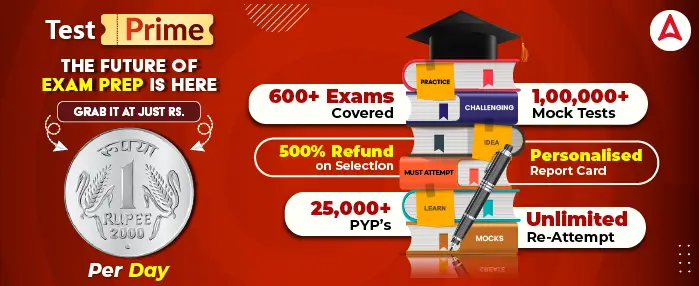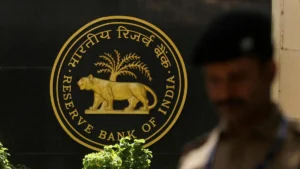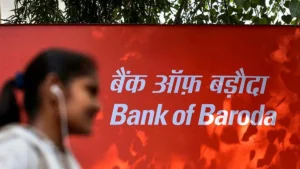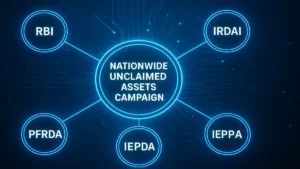The National Payments Corporation of India (NPCI) has proposed an increase in ATM interchange fees for both cash and non-cash transactions. This move aims to compensate banks and White Label ATM Operators (WLAOs) for rising operational costs and support the expansion of ATM networks across the country.
Why is there a need to increase ATM interchange fees?
The last revision in ATM interchange fees was in August 2012, and customer charges were updated in August 2014. Over the years, the cost of maintaining ATMs, security, cash loading, and compliance has increased significantly. To address these concerns, the Reserve Bank of India (RBI) formed a committee in June 2019 to review ATM charges and fees. The committee examined various factors, including the financial burden on banks and ATM operators, leading to the recommendation of higher interchange fees.
According to the proposal, the interchange fee for financial transactions is expected to rise from ₹15 to ₹17, while for non-financial transactions, it is set to increase from ₹5 to ₹6. These changes are intended to ensure the sustainability of ATM services by allowing operators to recover higher costs.
How will customer charges be affected?
Currently, customers can make five free transactions per month at their own bank’s ATMs. When using other banks’ ATMs, they get three free transactions in metro cities and five in non-metro locations. Beyond these limits, customers are charged ₹20 per transaction. To align with the increased interchange fees, the proposal suggests raising this cap to ₹21 per transaction from January 1, 2022.
This adjustment means that while free transactions remain unchanged, customers may have to pay slightly more for additional ATM usage. However, the revision is seen as a necessary step to sustain the growing ATM infrastructure and maintain service quality.
Will this impact ATM availability across India?
One of NPCI’s key concerns is the need for a larger ATM network to cater to the increasing number of RuPay debit card users, particularly under the Pradhan Mantri Jan Dhan Yojana. As of December 2014, India had around 1.82 lakh ATMs, which was considered inadequate for the country’s population. NPCI estimates that India requires at least 3 lakh ATMs to meet growing demand.
By revising interchange fees, banks and WLAOs may be encouraged to invest more in ATM installations, improving accessibility for customers, especially in semi-urban and rural areas. The Hindu Business Line reported that these changes are crucial for ensuring that India’s banking infrastructure remains efficient and capable of handling increasing cash transactions.
Summary of the news
| Key Points for Exam | Details |
|---|---|
| Why in News? | NPCI proposed an increase in ATM interchange fees to cover rising operational costs and expand ATM networks. Financial transaction fees may rise from ₹15 to ₹17, and non-financial from ₹5 to ₹6. Customer charges beyond free limits may increase from ₹20 to ₹21 from January 1, 2022. |
| NPCI (National Payments Corporation of India) | An umbrella organization for retail payments in India, established in 2008 under RBI and IBA. |
| Current Free ATM Transactions | 5 free at own bank ATMs; 3 in metro & 5 in non-metro at other bank ATMs. |
| ATM Interchange Fee Revision (Proposed) | Financial: ₹15 → ₹17, Non-Financial: ₹5 → ₹6 |
| Customer Charge Revision (Proposed) | ₹20 per extra transaction → ₹21 (effective Jan 1, 2022) |
| Committee Formation | RBI constituted a committee in June 2019 to review ATM charges. |
| Total ATMs in India (as of Dec 2014) | ~1.82 lakh ATMs |
| Required ATMs (NPCI Estimate) | ~3 lakh ATMs |
| Scheme Mentioned | Pradhan Mantri Jan Dhan Yojana (PMJDY) – linked to RuPay card usage. |
| Regulator | Reserve Bank of India (RBI) |



 SBI and Bank of Baroda Receive RBI Nod t...
SBI and Bank of Baroda Receive RBI Nod t...
 Bank of Baroda Recognised as ‘Best Bank ...
Bank of Baroda Recognised as ‘Best Bank ...
 "Your Money Your Right campaign" Campaig...
"Your Money Your Right campaign" Campaig...







